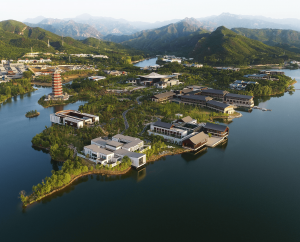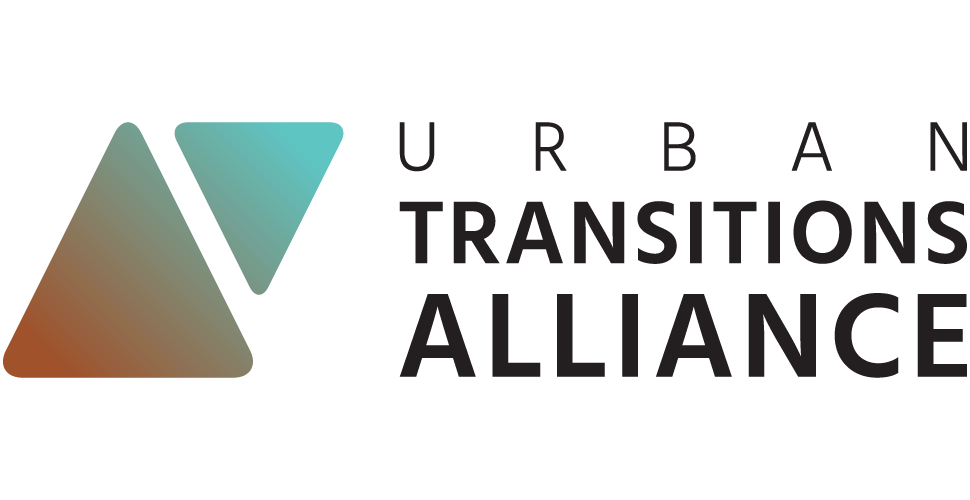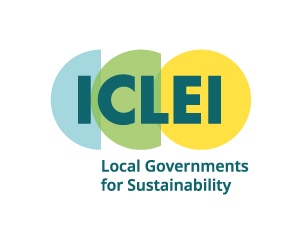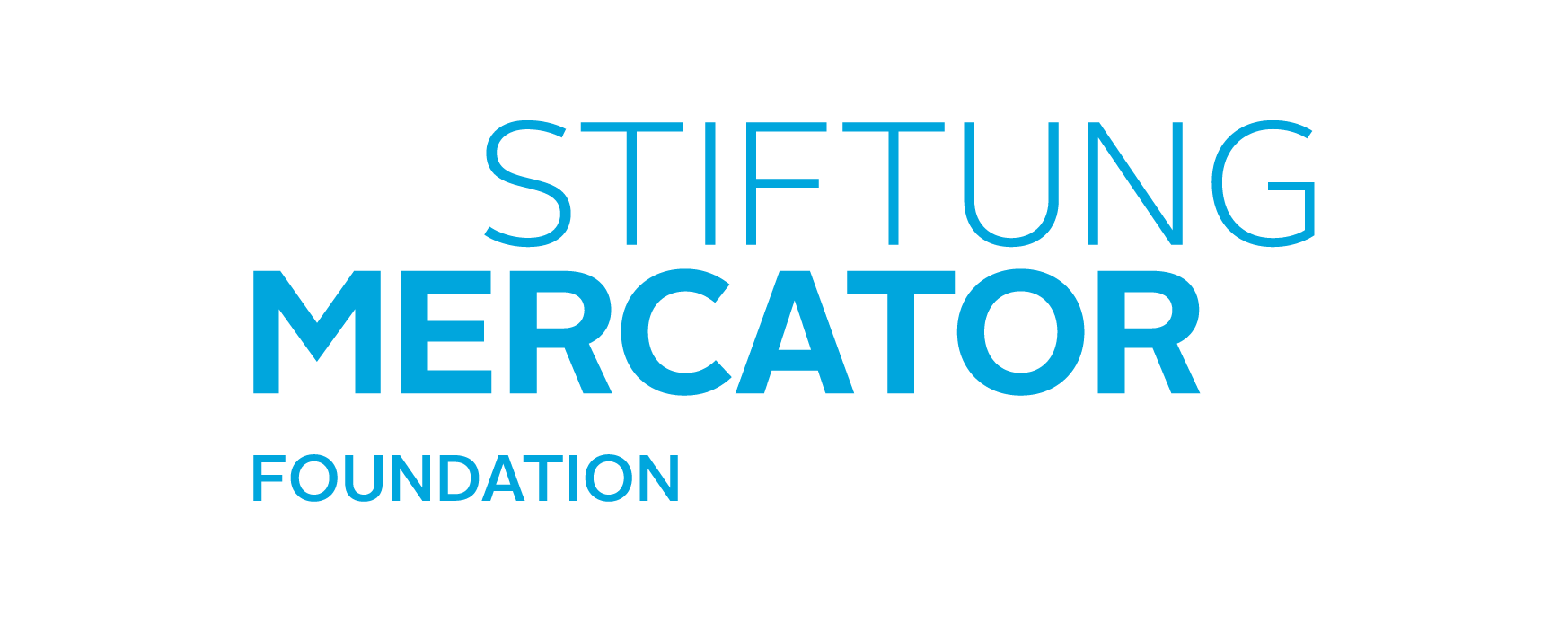Huairou District
Beijing, China
Industrial Legacy
Even though most of Huairou District’s land belongs to Beijing’s water source protection zone, it still inherits its share of industrial development from its past. Key industrial sectors in Huairou included food and beverage, packaging, printing, automotive construction as well as cement and mining. Years of scattered industrial growth had adverse impact on Huairou and its surrounding natural environment. Thanks to its high percentage of mountainous area, Huairou District has the least air pollution levels among other districts in Beijing. But the long-lasting effects of heavy manufacturing, coal-based energy use and carbon emissions have led to deteriorating air quality. In addition, increasing road and construction dust as well as excessive exhaust fumes from vehicles have added to environmental and health-related concerns for Huairou’s local government and urban residents.
While still experiencing constant economic and industrial growth, Huairou District is undergoing a transition within its industrial structure. Recent decades have seen mining and cement industries with high pollution emissions and high energy consumption shrink or forced-closed. The economic structural change has led to rising unemployment and a skills mismatch as job opportunities in new sectors require different expertise focused on service and intelligence, rather than intensive labor.
After being incorporated as one of Beijing’s districts in 2001, Huairou has been recalibrating and repositioning its sustainable development. The district’s industrial infrastructure is currently being re-organized into specialized functional zones, such as Science City, Yanqi Lake Convention District and Huairou Film District. Further priorities for the district’s green progress include cleaning up illegal sewage disposal, continuing the clean air program, improving its waste management, and rebuilding its green infrastructure for conservation.
Huairou’s vision will be a new chapter for sustainable urban development that continues to re-define its industrial roots and to reinvent its green identity.
Transition Barriers
Residents previously employed in farming, mining and manufacturing need to equip new skills for jobs in high-tech, service, and film sectors. However, although industry-driven training opportunities exist, there are not enough training institutions located in the region.
Huairou District’s urban transition plan is dependent on continued strong growth in high-tech manufacturing, tourism and entertainment sectors, but the fluctuation of the economy imposes uncertainty to its growth.
In line with the district’s environmental standards, land use will be restructured into specific zones to optimize environmental conservation and economic growth.
Sustainable Future
Recognizing that its future relies on sustainable development and conserving its surrounding natural resources, Beijing Huairou District has emerged from a legacy of agricultural and industrial production to a thriving satellite district that prioritizes new industries and natural resource conservation.
Over the past five years, Huairou has committed to transition from coal to clean energy in order to improve its air quality. It collaborated with a private research institution to establish a monitoring program and strategize the feasible pathways for air quality improvement. Based on the research, Huairou’s comprehensive strategic plan prioritizes systematic dust control and simultaneous emission reduction in industrial and residential areas. Following the strategic plan, Huairou district has put in place transportation policies that define penalties for high automotive emissions, advance the phase-out of polluting cars and promote the district’s own electric bus and bike systems. The authorities enforce stricter examination and approval procedures for industrial permits in order to reduce energy consumption and pollution. In terms of residential emissions, regardless of the implementation challenges, district funded infrastructure construction has shown positive impacts so that most of the residents already have access to clean energy options. The efforts have proved successful in the recent past: A consecutive 10% reduction of PM 2.5 concentration was measured between 2015 and 2017. The district is well on its way to achieve its set goal to reduce PM 2.5 from an average concentration of 44 μg/m3 in October 2018 to 35 μg/m3 by 2020.

Huairou District has ambitions that go beyond environmental regulation. Facing the increasingly complex and interrelated environmental challenges, the district formed an advisory group to formulate an implementation plan on environmental and ecological development. Organized by the environmental protection bureau, this group consists of interdisciplinary researchers and experts, providing critical insights through data analysis, environmental evaluation, technical training, and policy making. The district diversifies its investment into an array of different zones that will enable the city to remain an ecological conservation area while enhancing its economic attractiveness. Key sectors include the event industry, research and development, and film production. For example, the Yanqi Lake Ecological Demonstration Zone combines international convention business with scientific research and green technology as well as ecological restoration and conservation.
From 2012, the district invested heavily in its burgeoning film industry. Currently there are more than 400 film related companies registered at Huairou. The film industry does not only participate in the training of local employees for the job transition, it is also a flexible and ideal tenant to occupy Huairou’s vacant stocks. The district authorities have made strong incentives, such as rent reduction and renovation subsidies, to further attract creative industries that are willing to move into abandoned factories.
Huairou’s surrounding idyllic sceneries and its proximity to central Beijing destine it to become an eco-tourism hub in the region. Combining numerous efforts for ecological restoration and native tree species reforestation, Huairou aims to connect its parks and green corridors to serve residents and invite visitors. The vision is to enhance the natural beauty of this unique setting and forge a new identity of a greener, more sustainable Beijing district.


